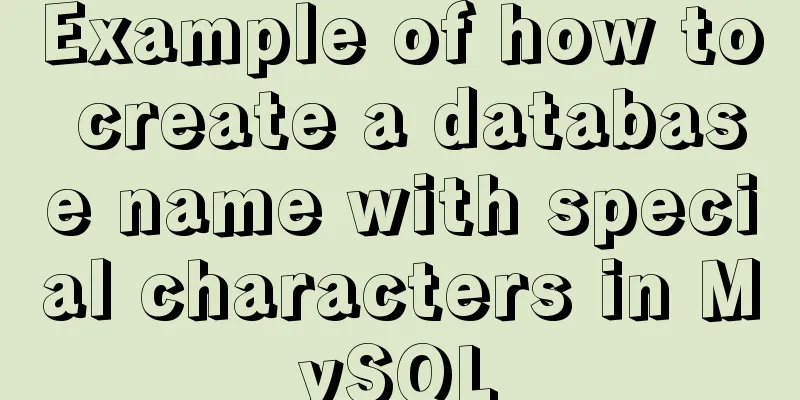A brief analysis of the usage of HTML float

|
Some usage of float Left suspension: Float usage Float has a wide range of uses. Here is a brief introduction to its most common uses:
The first phenomenon is float=inline-block When suspended, the four blocks will be displayed in inline block mode: as shown below
<style>
div{
width:200px;
height:200px;
background-color: pink;
border:1px solid black;
float:left;
}
</style>
<body>
<div></div>
<div></div>
<div></div>
<div></div>
</body>
The second phenomenon: As shown in the figure below, since the first block element is floating, the second block element will be displayed below the first one.
<style>
.first-one{
float:left;
background-color:green;
}
.second-one{
background-color:purple;
}
.third-one{
background-color:blue;
}
.fourth-one{
float:left;
background-color:grey;
}
div{
width:200px;
height:200px;
background-color: pink;
border:1px solid black;
font-size:30px;
}
</style>
<body>
<div class="first-one"></div>
<div class="second-one"></div>
<div class="third-one"></div>
<div class="fourth-one"></div>
</body>
The third phenomenon: If all elements are floated, and the remaining width of the parent element is not enough to support the child elements in the row, then they will be aligned to the upper level. This article is transferred from: https://segmentfault.com/a/1190000022669455 Summarize This is the end of this article about the usage of HTML float. For more relevant HTML float content, please search 123WORDPRESS.COM’s previous articles or continue to browse the following related articles. I hope you will support 123WORDPRESS.COM in the future! |
<<: Detailed explanation of JavaScript's Set data structure
>>: MySQL index principle and query optimization detailed explanation
Recommend
Sample code for implementing water drop ripple animation button effect with CSS+JS
The code looks like this: <!DOCTYPE html> &...
Using Docker+jenkins+python3 environment to build a super detailed tutorial
Preface: After the automation is written, it need...
CSS Reset style reset implementation example
Introduction: All browsers come with default styl...
Detailed steps for Navicat to remotely connect to SQL Server and convert to MySQL
Preface Recently, I encountered a program using S...
MySQL 8.0.15 version installation tutorial connect to Navicat.list
The pitfalls 1. Many tutorials on the Internet wr...
Example of using Docker to build an ELK log system
The following installations all use the ~/ direct...
Use PHP's mail() function to send emails
Sending emails using PHP's mail function The ...
MySQL 5.7 Common Data Types
——Notes from "MySQL in Simple Terms (Second ...
Methods for optimizing Oracle database with large memory pages in Linux
Preface PC Server has developed to this day and h...
Detailed explanation of mysql transaction management operations
This article describes the MySQL transaction mana...
Nginx defines domain name access method
I'm building Nginx recently, but I can't ...
HTML input file control limits the type of uploaded files
Add an input file HTML control to the web page: &...
Introduction to HTML page source code layout_Powernode Java Academy
Introduction to HTML page source code layout This...
Vue3+el-table realizes row and column conversion
Table of contents Row-Column Conversion Analyze t...
IDEA graphic tutorial on configuring Tomcat server and publishing web projects
1. After creating the web project, you now need t...











